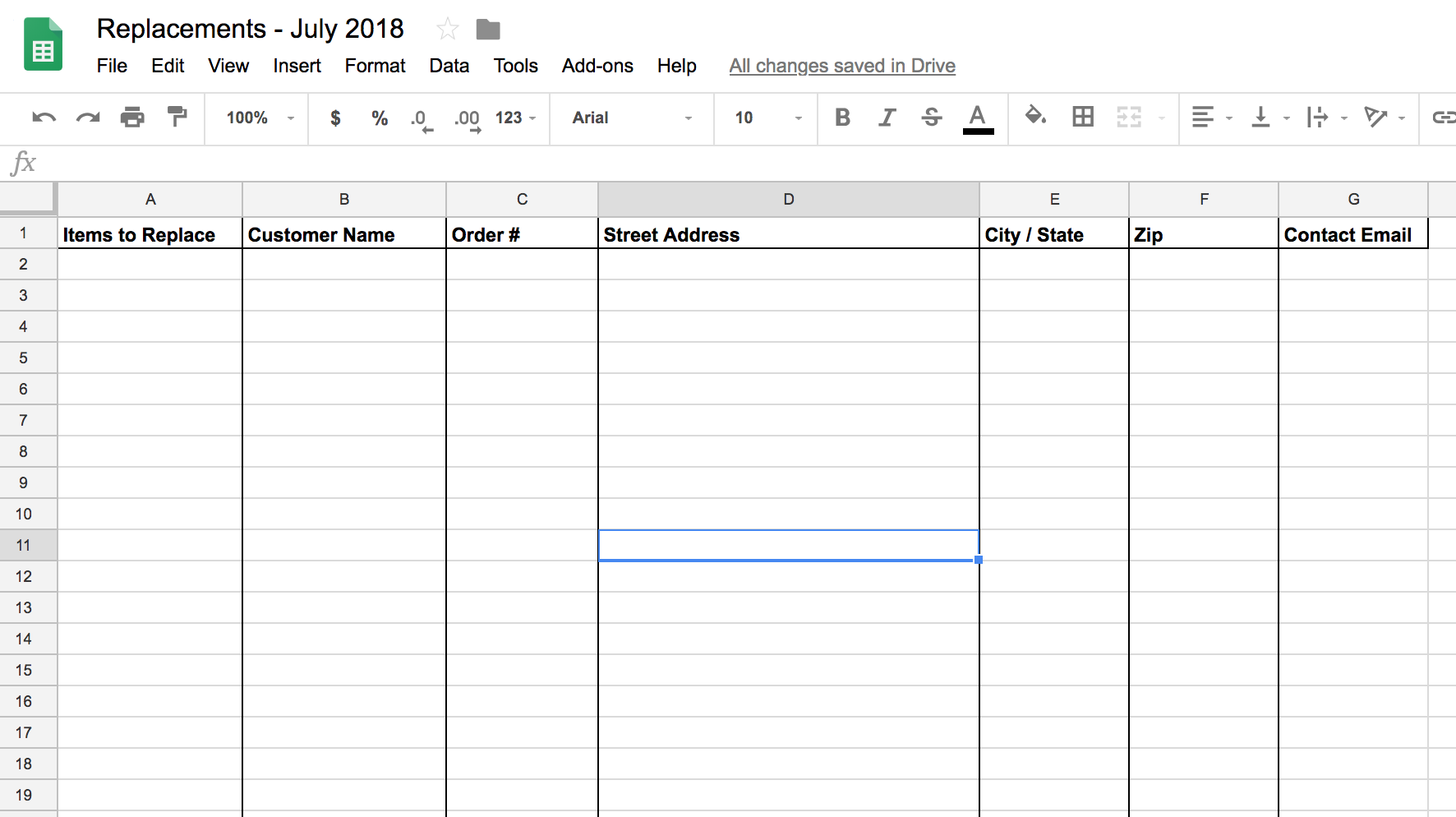It’s not uncommon to receive emails from customers reporting broken items or lost boxes. Maybe it was the fault of your shipping provider, or maybe your packing staff. Either way, you’ve got to make it right.
While there are a few tools in your belt, such as issuing partial credits for future shipments or partial refunds, a simple, effective way of fixing the problem is by sending out a replacement box.
On that note, here are 4 techniques to make sure this monthly process doesn’t become cumbersome. Making sure that replacements are sent out promptly will help preserve your relationship with that customer.
Develop an Organization System to Manage Support Requests

This first step is key! Before you can manage all incoming support requests promptly and efficiently, you need a central place to organize and respond to customer inquiries. We recommend using a customer service application like Zendesk, osTicket, Zoho, or Freshdesk.
After all, customer service is crucial to customer retention and avoiding churn. Keep in mind that these aren’t just one-time customers, either; they’re subscribers, which makes each one a repeat customer.
Create a Prompt for Support Agents
![]()
Make sure that your customer support team has a fast, effective way to organize replacement boxes to go out. If using a customer support application (as mentioned above), you can create a special email template – aka macro – to respond to customers that submit tickets about a missing box or damaged item. When using e-mail templates, make sure to edit each one to make them feel more personal. Mention the missing product by name and reflect the level of emotion shown by the customer.
Tip: Add a tag to the email template, such as “Replacement,” so you can leverage that data down the road into your broader cash planning and budgeting.
We find that this data is valuable for budgeting, as it gives you a better idea of how many broken or missing boxes you need to anticipate.
Maintain Accurate Customer Info in Your Dashboard

Next, you’ll want to double-check the customer’s info in your Cratejoy seller dashboard. Verify with the customer that the address you have on file is correct; if it isn’t, the customer can update the address immediately in their customer support portal.
After that, you can add a shipment to go out directly to that particular customer in the dashboard. (See our help doc for a step-by-step walkthrough.)
However, you may find it useful to keep a backup spreadsheet doc for any replacement shipments so you can easily view all this information in one place. We recommend Google Sheets for this, as you can grant document access to multiple team members to comment or edit at the same time. We’ve included an example of how you might create the layout for one of these spreadsheets above.
Streamline Agent Responsibility

Part of the drag from replacements comes from the amount of data entry your team agents are faced with in addition to their other job responsibilities. They’ll have to copy/paste many lines of information from your Cratejoy dashboard to your overview spreadsheet to keep your records backed up and accurate.
Instead, maximize efficiency overall by delegating this task to a specific support representative and ask them to review the backup spreadsheet on a regular basis (perhaps weekly or monthly, depending on the size of your subscriber base and frequency of customer data updates) for accuracy. That agent is responsible for maintaining such information as order number, full shipping address, and contact email. Then that agent can also serve as the point of contact for fulfillment, passing off the necessary data to your fulfillment team to create labels and build boxes.
Have Supplies Ready & Schedule Pickup for Replacements

Prepare with a workstation you’ve already set up. You don’t need much besides spare boxes, tape, packing material, and products at hand. We also suggest you have an “extra item” bin, so you can add that little “something more” to replacements to improve customer experience.
Fine-tuning these strategies based on your business cycle and your team’s tools is critical. Maintaining positive relationships with your customers by going above and beyond is key to building a sustainable, successful subscription business. If you remember the basic steps of the replacement process, you’ll find that replacements won’t be a headache after all!



